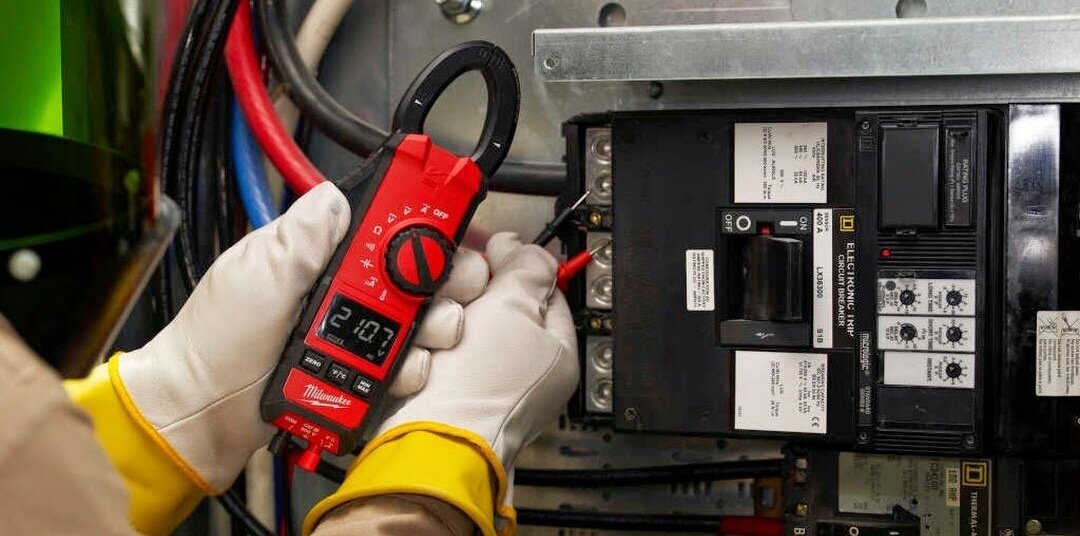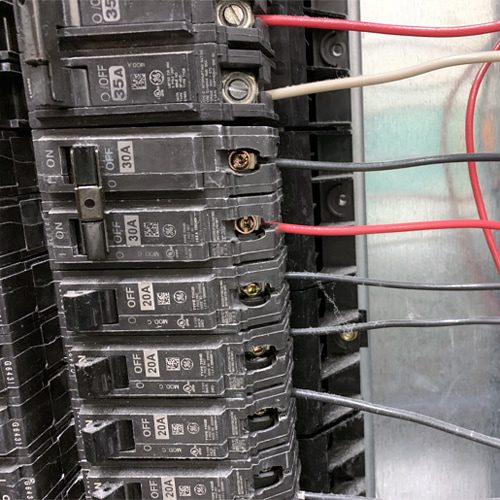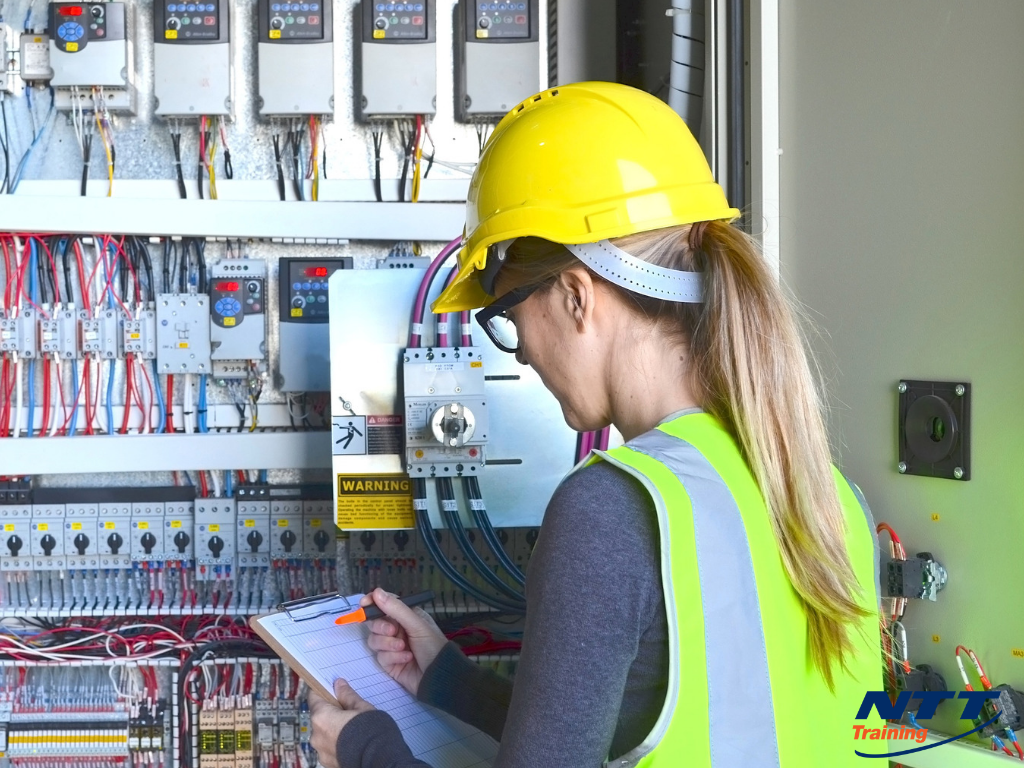Advanced technical support for electrical industry to drive success.
Wiki Article
Leading Tips for Effective Electrical System Troubleshooting
Repairing electrical systems requires a methodical approach, based in a thorough understanding of electric concepts and safety and security procedures. The nuances of effective repairing expand beyond plain technological expertise; understanding just how to document findings and focus on safety and security can dramatically influence results.Understand the Essentials
Understanding the basics of electrical systems is crucial for efficient troubleshooting, as a strong foundation permits specialists to detect and deal with concerns extra effectively. An extensive understanding of electrical concepts, such as voltage, present, resistance, and power, is critical in determining the root creates of issues. Voltage is the electric potential distinction that drives present through a circuit, while resistance opposes the flow of existing, affecting the general performance of the system.Experience with circuit elements, consisting of resistors, capacitors, diodes, and switches over, is likewise critical. Each element plays a distinct function in circuit behavior and can influence efficiency when malfunctioning. Additionally, understanding collection and identical circuit setups is essential, as these setups affect the distribution of voltage and present within the system.
Service technicians should be mindful of possible hazards, such as shock and short circuits, to execute safe troubleshooting practices. By mastering these foundational ideas, service technicians boost their capability to perform effective diagnostics and repair work, ultimately leading to improved performance and reliability of electric systems (electrical system troubleshooting).
Gather Necessary Devices
Effective troubleshooting of electrical systems calls for the appropriate set of devices to diagnose and solve concerns accurately. Crucial devices include a multimeter, which determines voltage, present, and resistance, permitting for accurate analyses of electrical components.In addition, shielded hand tools such as screwdrivers, pliers, and cable strippers are critical for safely manipulating electrical connections. It is additionally advisable to have a circuit tester accessible to validate the existence of voltage in electrical outlets and cords. For even more facility systems, a thermal imaging video camera can help find overheating components, suggesting prospective failings.

Comply With a Methodical Strategy
Having actually gathered the appropriate devices, the following action in repairing electrical systems is to adhere to an organized strategy. A systematic strategy makes sure that specialists can recognize faults efficiently and precisely, reducing downtime and stopping unnecessary repairs.Begin by assessing the system's schematic diagrams and specs. This includes monitoring each part methodically, beginning from the power source and working towards the lots.
Utilize testing equipment, such as multimeters and oscilloscopes, to collect unbiased information about voltage, present, and resistance at different points within the system. This empirical evidence will lead your troubleshooting efforts and aid to validate or remove prospective reasons for failure.
Additionally, think about environmental aspects that may influence the system's efficiency, such as temperature fluctuations or wetness ingress. A detailed inspection of electrical wiring, links, and parts will make certain that all possibilities are accounted for.
Paper Your Findings
Complete paperwork is crucial in the troubleshooting procedure of electric systems. This practice not just help in understanding the root reason of the trouble yet additionally serves as a reference for future repairing efforts.
Additionally, preserving a log of parts replaced or repair work done is vital. This details sustains stock monitoring and can assist examine the longevity and dependability of specific elements.
Eventually, the documents process should be comprehensive yet concise, making it possible for simple retrieval and review - electrical system troubleshooting. By focusing on in-depth paperwork, specialists can produce a useful data base that not just electrical system troubleshooting help in current troubleshooting yet also equips future upkeep initiatives, therefore boosting overall system integrity

Prioritize Safety And Security Procedures
Identifying the inherent threats connected with electrical systems is essential for making certain safety during troubleshooting. Electrical shock, burns, and equipment damages are simply a few of the possible dangers that specialists deal with. Focusing on safety and security actions is not just a legal obligation but likewise an ethical important that safeguards both the technician and the surrounding environment.Prior to beginning any troubleshooting task, technicians should wear suitable individual protective devices (PPE), consisting of insulated handwear covers, security glasses, and flame-resistant garments. Making certain that the workplace is dry and without mess can dramatically lower the risk of crashes. It is vital to de-energize circuits prior to starting any work, confirming that they are not live via the use of a multimeter or voltage tester.
Establishing clear communication protocols with employee is additionally important; this makes certain that everyone understands prospective hazards and the standing of the electrical system being worked with. Finally, having an emergency situation feedback plan in position can prove invaluable in case of an event. By focusing on safety actions, professionals can properly reduce risks and promote a more secure workplace.
Conclusion
Efficient electrical system fixing counts on a detailed understanding of basic principles and a methodical strategy. By collecting crucial tools, adhering to organized analysis techniques, and diligently recording searchings for, the fixing process comes to be much more efficient and reliable. Prioritizing safety actions makes sure the health of individuals included and the honesty of the electrical system. Carrying out these techniques will certainly improve the troubleshooting experience, bring about quicker resolutions and improved operational performance in electric systems.Report this wiki page